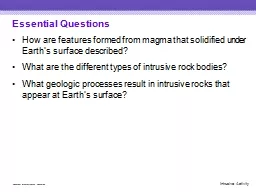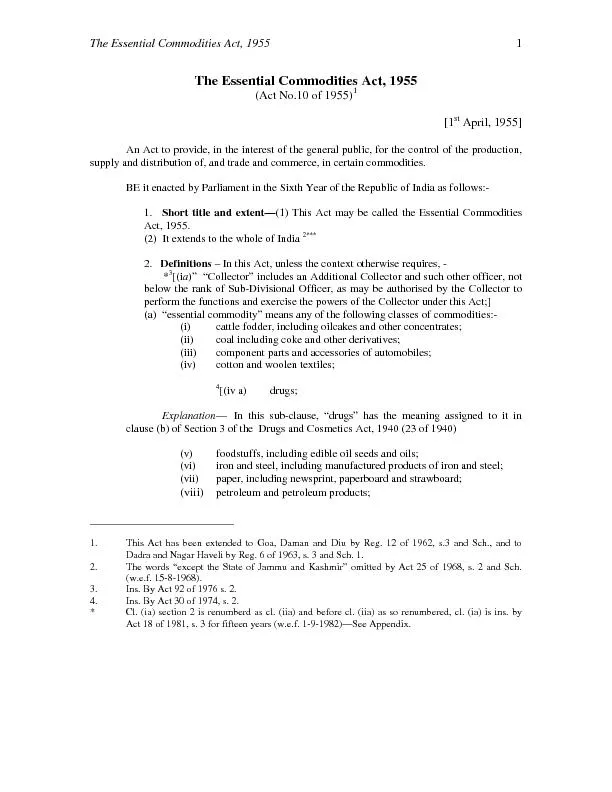PPT-Essential Questions
Author : alida-meadow | Published Date : 2016-05-16
How are features formed from magma that solidified under Earths surface described What are the different types of intrusive rock bodies What geologic processes result
Presentation Embed Code
Download Presentation
Download Presentation The PPT/PDF document "Essential Questions" is the property of its rightful owner. Permission is granted to download and print the materials on this website for personal, non-commercial use only, and to display it on your personal computer provided you do not modify the materials and that you retain all copyright notices contained in the materials. By downloading content from our website, you accept the terms of this agreement.
Essential Questions: Transcript
Download Rules Of Document
"Essential Questions"The content belongs to its owner. You may download and print it for personal use, without modification, and keep all copyright notices. By downloading, you agree to these terms.
Related Documents














